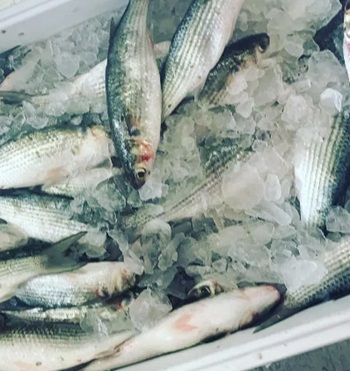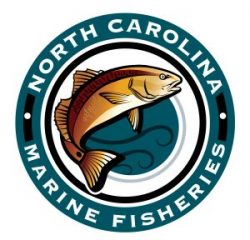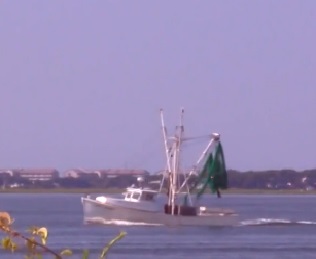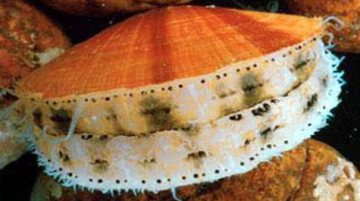Tag Archives: Striped Mullet
Commercial fishermen react to MFC mullet decision
 While many commercial fishermen prefer day-of-the-week closures, which the Marine Fisheries Commission voted to approve as its preferred fishery management for striped mullet, to daily trip limits, they don’t see the need for mullet regulations. “It’s a no-win situation for us one way, shape, or form,” said Mike Langowski, a commercial mullet fisherman in Frisco. “So, I’ve got to live with whatever it is they come up with.” Many commercial fishermen in North Carolina are not against the regulation of their industry, because they need a healthy, viable stock to continue to make money. more, >>click to read<< 09:36
While many commercial fishermen prefer day-of-the-week closures, which the Marine Fisheries Commission voted to approve as its preferred fishery management for striped mullet, to daily trip limits, they don’t see the need for mullet regulations. “It’s a no-win situation for us one way, shape, or form,” said Mike Langowski, a commercial mullet fisherman in Frisco. “So, I’ve got to live with whatever it is they come up with.” Many commercial fishermen in North Carolina are not against the regulation of their industry, because they need a healthy, viable stock to continue to make money. more, >>click to read<< 09:36

Fisheries commission to decide controversial amendments for striped bass, striped mullet plans
With the N.C. Marine Fisheries set to decide on two hotly debated fisheries management plan amendments – striped bass and striped mullet – later this week, the N.C. Fisheries Association has been urging its members to show up for the Emerald Isle meeting and weigh in. The estuarine striped bass amendment is set to be voted on during a session Thursday, Nov. 17 at 2 p.m., while the striped mullet vote is scheduled during a session that begins at 9 a.m. Friday, Nov. 18. Glenn Skinner, N.C. Fisheries Association urged the organization’s members to contact marine fisheries commissioners and attend the meeting to comment. >click to read< 15:08

Proposed “Let Them Spawn” bill looks to further regulate NC fishermen
There’s a debate going on in our state right now concerning fishing. A new bill just passed the North Carolina House. It’s focused on certain species and how to regulate them. The bill looks at what you can keep and what you have to throw back. There are several fish this bill targets: Southern flounder, Spot, Atlantic Croaker, Kingfish, Striped Mullet, and Bluefish – all species lawmakers say have been declining for years.,,,The bill, known as the “Let Them Spawn” bill would require state fishery managers to set a minimum size limit to try and let 75% of these 6 species reproduce at least one time. >click to read<14:03












































